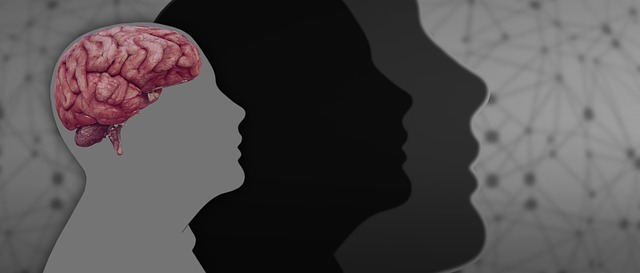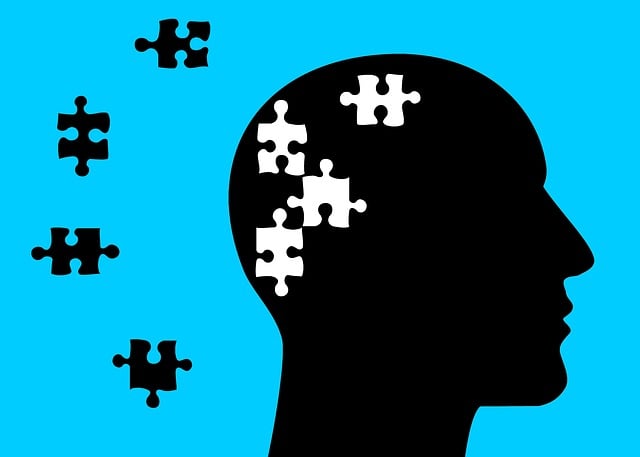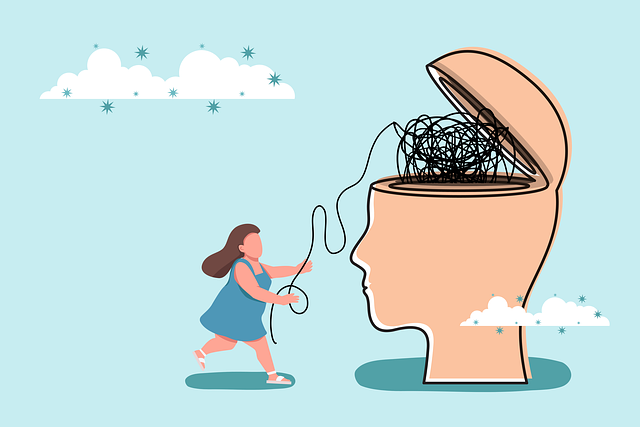Public awareness campaigns are vital in addressing interpersonal issues among young children, focusing on therapy to enhance mental health. These campaigns employ diverse methods, including storytelling and art therapy, to reduce stigma and encourage early intervention. By promoting self-awareness, coping skills development, and cultural sensitivity, they empower kids to manage emotions and foster positive social interactions. Engaging communities through safe spaces and mindfulness practices normalizes mental health conversations, while evaluation ensures campaign effectiveness and guides future initiatives for vulnerable populations.
Public awareness campaigns are powerful catalysts for social change, especially when tailored to address interpersonal issues affecting young children. This article delves into the multifaceted development of such campaigns, exploring essential strategies from understanding their purpose to creating compelling messaging and engaging communities. We examine therapy-centric approaches that can foster young children’s emotional well-being and provide practical insights on measuring campaign impact. By navigating these key elements, awareness initiatives can drive meaningful positive change in society.
- Understanding Public Awareness Campaigns: A Vital Tool for Social Change
- Targeting Young Children: Strategies for Interpersonal Issue Awareness
- Creating Effective Messaging: Therapy-Centric Approaches
- Engaging Communities: Overcoming Barriers and Fostering Participation
- Measuring Impact: Assessing the Success of Awareness Campaigns
Understanding Public Awareness Campaigns: A Vital Tool for Social Change

Public awareness campaigns are a powerful tool to ignite social change and address pressing issues within communities. These initiatives focus on educating and engaging the public, particularly targeting interpersonal issues that often go unnoticed or misunderstood. By utilizing various communication channels, such as media, events, and community outreach programs, these campaigns can reach a wide audience, fostering a sense of awareness and empathy.
One such area where awareness campaigns can make a significant impact is in providing therapy for young children facing interpersonal challenges. These campaigns can help destigmatize mental health issues among youth and encourage early intervention. Additionally, they may promote social skills training, burnout prevention strategies for healthcare providers, and the development of self-care routines—all essential aspects in building resilient communities.
Targeting Young Children: Strategies for Interpersonal Issue Awareness

Raising awareness about interpersonal issues among young children is a delicate yet crucial task that requires tailored strategies. These early years are a critical period for developing emotional intelligence and self-awareness, making them pivotal in fostering healthy interpersonal relationships later in life. Effective campaigns can utilize engaging therapy for young children approaches to address these issues. Incorporating interactive emotional well-being promotion techniques such as storytelling, role-playing, and art therapy can make complex concepts accessible and fun.
Designing age-appropriate self-awareness exercises that encourage empathy, perspective-taking, and emotional regulation skills is essential. These activities not only help children understand their feelings but also teach them to recognize and respect the emotions of others. Furthermore, integrating coping skills development into these campaigns empowers young individuals to manage interpersonal challenges constructively, promoting a positive sense of self and healthy social interactions.
Creating Effective Messaging: Therapy-Centric Approaches

Creating compelling and effective messaging is a cornerstone of successful public awareness campaigns for mental health issues, especially when focusing on therapy-centric approaches for young children. The language used should be simple, yet powerful, to ensure messages resonate with diverse audiences while addressing interpersonal issues that many children face. Incorporating Self-Awareness Exercises and Self-Care Practices into campaign materials can empower youngsters to understand their emotions and foster resilience.
Cultural Sensitivity in Mental Healthcare Practice is an integral aspect of developing inclusive messaging. Recognizing and acknowledging the unique cultural backgrounds and experiences of children allows for tailored therapeutic approaches, ensuring that young individuals receive support that aligns with their identities. By employing these strategies, public awareness campaigns can effectively encourage early intervention and improve access to mental health services specifically geared towards addressing interpersonal challenges in childhood.
Engaging Communities: Overcoming Barriers and Fostering Participation

Engaging communities is a vital aspect of developing effective public awareness campaigns, especially when focusing on sensitive topics like interpersonal issues and therapy for young children. Overcoming barriers to participation is essential to ensure that messages reach those who need them most. One strategy involves fostering open dialogue through community gatherings, workshops, and peer support groups, creating safe spaces where individuals feel comfortable sharing their experiences and learning from one another.
By integrating mental wellness practices such as mindfulness meditation and communication strategies, campaigns can encourage emotional well-being and build resilience within communities. These approaches not only enhance overall mental health but also empower individuals to navigate interpersonal challenges more effectively. Encouraging participation in these initiatives, especially for young children, helps normalize conversations around mental health and fosters an environment where seeking therapy is viewed as a supportive step towards personal growth.
Measuring Impact: Assessing the Success of Awareness Campaigns

Evaluating the effectiveness of public awareness campaigns is a critical step in understanding their impact and guiding future initiatives. Measuring success goes beyond mere reach; it involves assessing tangible changes in behavior, attitudes, and well-being among the target audience, particularly when addressing sensitive topics like interpersonal issues and therapy for young children. By employing robust evaluation methods, organizers can determine if the campaign has fostered increased awareness, encouraged help-seeking behaviors, or prompted adoption of stress reduction methods.
This assessment process should include both qualitative and quantitative data collection techniques, such as surveys, interviews, and observations, to gauge changes in mood management strategies and inner strength development among participants. Through this comprehensive evaluation, stakeholders gain valuable insights into the campaign’s strengths and areas for improvement, enabling them to refine their approach and maximize positive outcomes for vulnerable populations.
Public awareness campaigns play a pivotal role in driving social change by educating and mobilizing communities. By understanding the unique needs of different audiences, employing effective messaging strategies, and fostering community engagement, we can create impactful initiatives that address interpersonal issues, such as those faced by young children. Measuring campaign success is essential to continually improve these efforts and ensure lasting positive outcomes. Through a collaborative approach that integrates therapy-centric methods, we can enhance public awareness, promote behavioral changes, and ultimately create a more supportive environment for vulnerable populations.












